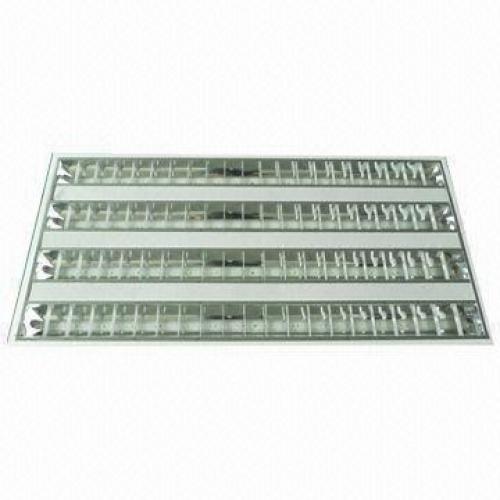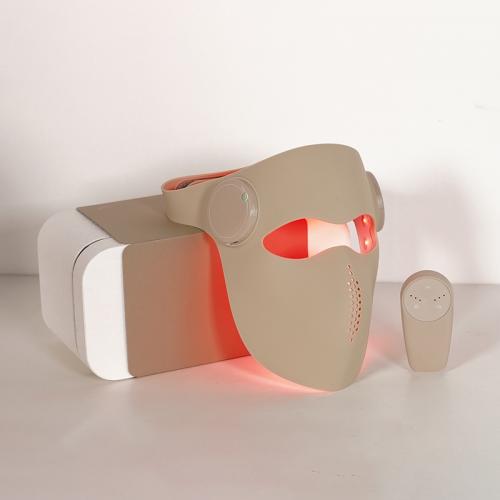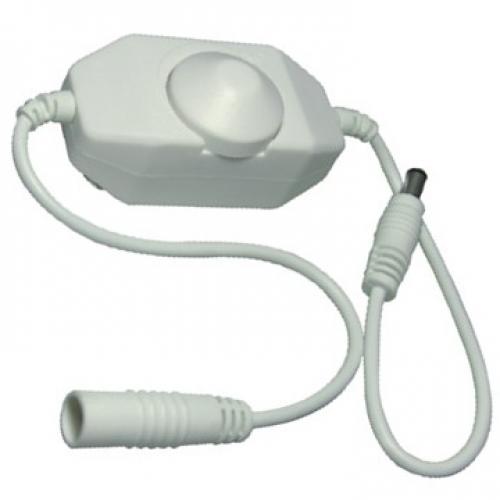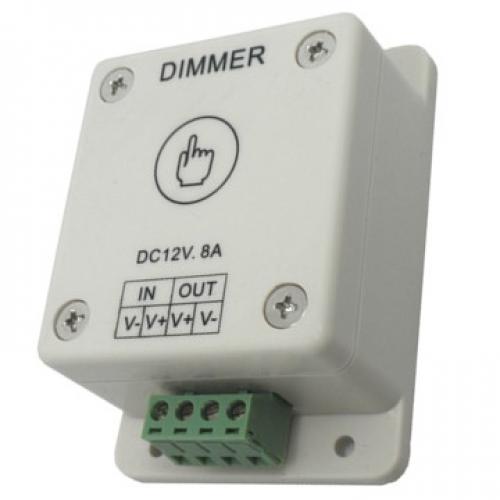What dimmer to use with LED lights?
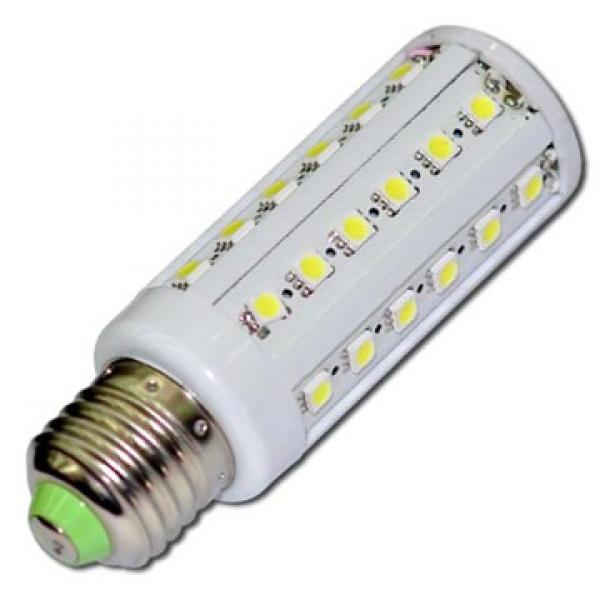
When it comes to choosing the right dimmer for LED lights, the task can be somewhat daunting due to the myriad of options available and the technical specifications involved. LED lights have become increasingly popular due to their energy efficiency, longevity, and versatility. However, pairing them with the correct dimmer is crucial to ensure optimal performance and avoid issues such as flickering, buzzing, or even damage to the lighting system. This article aims to provide a comprehensive guide on how to choose the right dimmer for your LED lights, addressing common concerns and practical considerations.
Understanding LED Technology and Dimmers
Before delving into the specifics of dimmer selection, it's important to understand how LED lights operate. Unlike traditional incandescent bulbs, LEDs require a constant current to function properly. They are typically powered by drivers that convert AC voltage to DC voltage. This conversion process is essential because it regulates the power supplied to the LED chips, ensuring consistent light output.
Dimmers work by reducing the voltage and current supplied to the light source, thereby decreasing its brightness. However, not all dimmers are compatible with LED technology. Traditional dimmers designed for incandescent bulbs may not work well with LEDs, leading to issues such as flickering or buzzing. Therefore, selecting a dimmer specifically designed for LED lights is crucial.
Types of Dimmers Suitable for LED Lights
-
Leading Edge Dimmers: These dimmers are commonly used with incandescent and halogen bulbs. They work by cutting off the leading edge of the AC waveform, reducing the power supplied to the light. While some LED lights can work with leading-edge dimmers, they are generally not recommended due to potential compatibility issues.
-
Trailing Edge Dimmers: Trailing edge dimmers cut off the trailing edge of the AC waveform. They are specifically designed for use with LED lights and are generally more compatible. Trailing edge dimmers provide smoother dimming and are less likely to cause flickering or buzzing.
-
Smart Dimmers: With the rise of smart home technology, smart dimmers have become increasingly popular. These dimmers can be controlled remotely via smartphone apps or voice commands through smart home systems like Amazon Alexa or Google Home. Smart dimmers are often compatible with LED lights and offer additional features such as scheduling and automation.
Considerations When Choosing a Dimmer for LED Lights
-
Compatibility: The most important factor when selecting a dimmer for LED lights is compatibility. Check the specifications of both the dimmer and the LED lights to ensure they are compatible. Many LED manufacturers provide a list of compatible dimmers, which can be a helpful resource.
-
Load Capacity: Dimmers have a maximum load capacity, which refers to the total wattage they can control. Ensure that the total wattage of the LED lights does not exceed the dimmer's capacity. Keep in mind that LED lights consume less power than incandescent bulbs, so you may be able to use a dimmer with a lower load capacity.
-
Dimming Range: Different dimmers offer different dimming ranges. Some dimmers may only dim the lights to a certain percentage of their full brightness. If precise control over the brightness is important to you, look for a dimmer with a wide dimming range.
-
Installation and Compatibility with Existing Wiring: Consider whether the dimmer is compatible with your existing wiring system. Some dimmers require a neutral wire for installation, while others do not. Ensure that the chosen dimmer is suitable for your setup.
-
Cost: While cost should not be the sole determining factor, it is important to consider your budget. Trailing edge and smart dimmers tend to be more expensive than leading edge dimmers, but they offer better compatibility and features.
Common Issues and Solutions
Even with the right dimmer, you may encounter issues such as flickering, buzzing, or lights not dimming properly. Here are some common problems and their solutions:
-
Flickering: Flickering can occur if the dimmer is not compatible with the LED lights or if the load is too low. Ensure compatibility and consider using a dimmer with a minimum load requirement that matches your setup.
-
Buzzing: Buzzing is often caused by electromagnetic interference or a mismatch between the dimmer and the LED driver. Switching to a trailing edge or smart dimmer can help alleviate this issue.
-
Lights Not Dimming Properly: This can be due to an incompatible dimmer or a limited dimming range. Ensure compatibility and consider upgrading to a dimmer with a wider dimming range.
Conclusion
Choosing the right dimmer for LED lights is essential to ensure optimal performance and longevity. By understanding the different types of dimmers available and considering factors such as compatibility, load capacity, and dimming range, you can make an informed decision that meets your specific needs. Whether you opt for a trailing edge dimmer for its compatibility or a smart dimmer for its advanced features, the key is to ensure that your dimmer and LED lights are compatible and correctly installed. By doing so, you can enjoy the benefits of LED lighting with smooth, adjustable brightness and minimal issues.

 Afrikaans
Afrikaans Čeština
Čeština Dansk
Dansk Deutsch
Deutsch Español
Español Francais
Francais Italiano
Italiano Magyar
Magyar Nederlands
Nederlands Norsk
Norsk Polski
Polski Português
Português Română
Română Slovák
Slovák Suomi
Suomi Svenska
Svenska Tiếng Việt
Tiếng Việt Türk dili
Türk dili Ελλάδα
Ελλάδα Русский
Русский اللغة العربية
اللغة العربية แบบไทย
แบบไทย 中文繁體
中文繁體 日本語
日本語 한국인
한국인
